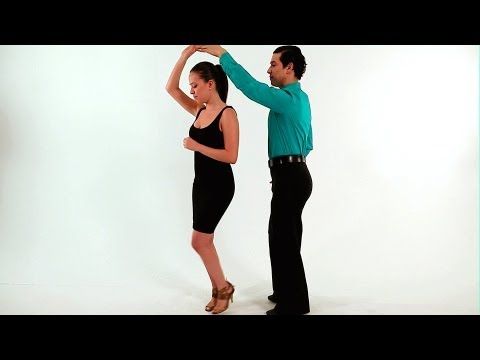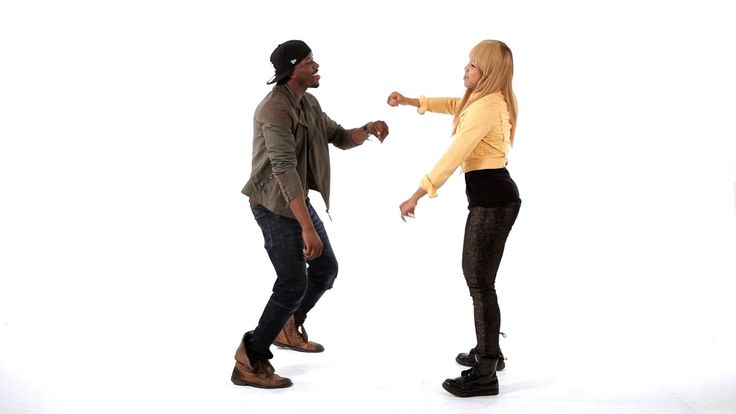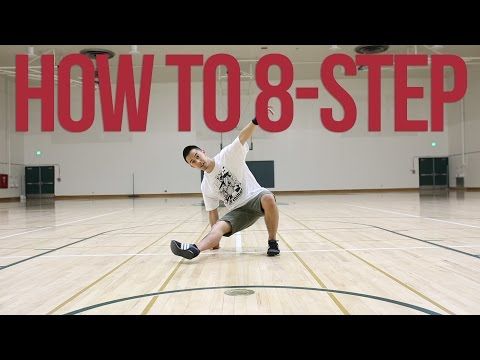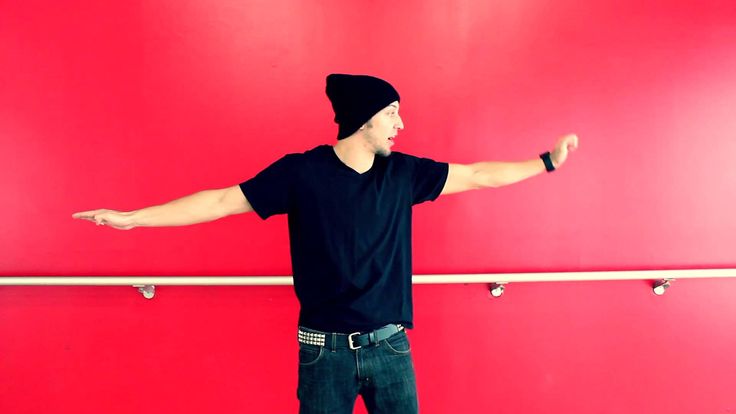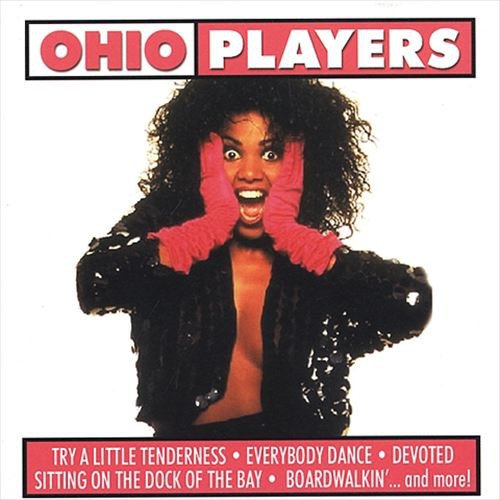How to dance a reel
How to dance a Scottish reel
Country Life
With Burns Night just around the corner, now's the time to brush up on traditional Scottish dances.
With Burns Night looming and the season of the great Scottish balls just around the corner it is vital to be prepared for the all-important Scottish reels.
Are you filled with dread when you hear the first bellowing chord from a raucous band signal the start of a reel? Are you left reeling with confusion from the endless patterns, figures of eight, whirling, spinning and dashing….?
Here we will clearly guide you through the most common reels with tips for social conventions and ballroom etiquette.
Tips:
- A dance card will be given to all dancers with a list of the dances of the night in order.
- The men should ask the ladies for a dance early on in the evening and pencil their names into the dance card. Do NOT lose your dance card. You will end up forgetting who you are dancing with and cause havoc all night.
- The band will play the first 4 bars of the dance to signal the start of the dance.
- There will be a pause whilst partners find each other and make their way to the dance floor to arrange them selves in a set.
- If you are unfamiliar with the dance stand further down the set. The top of the set is the end closest to the band.
- Someone will number you off. Do not move position once you have been numbered, you will cause unnecessary confusion.
- A Scot’s ‘set’ is often their signature dance. Practice your set or pas de basque, aiming to travel sideways more that up and down.
- In a figure of eight your hands should be held loosely behind your back and you should clearly indicate your direction of movement by angling your shoulders.

- The men should learn to look after the ladies. Practice turning them without bruising their arms or throwing them on the floor. Most girls like to be spun vigorously but when you let go of them position them carefully in front of the next person they will dance with.
Dress:
Follow dress protocols carefully. White tie will be enforced where stated, generally meaning that a ladies dress should not be more than four inches off the ground or trailing on the ground. Ladies should wear comfortable shoes, flats are preferable. A stiletto in someone else’s foot will ruin their night. Avoid wearing bracelets. They are likely to snap in a fast turn.
The Dashing White Sergeant
4/4 time, an 8 bar reel
Set Up:
This dance traditionally opens the ball since it is a great opportunity to greet the other guests.
Dancers are partnered 2 men with 1 lady or 2 ladies with 1 man.
The man between 2 ladies faces the lady between 2 men forming a circle.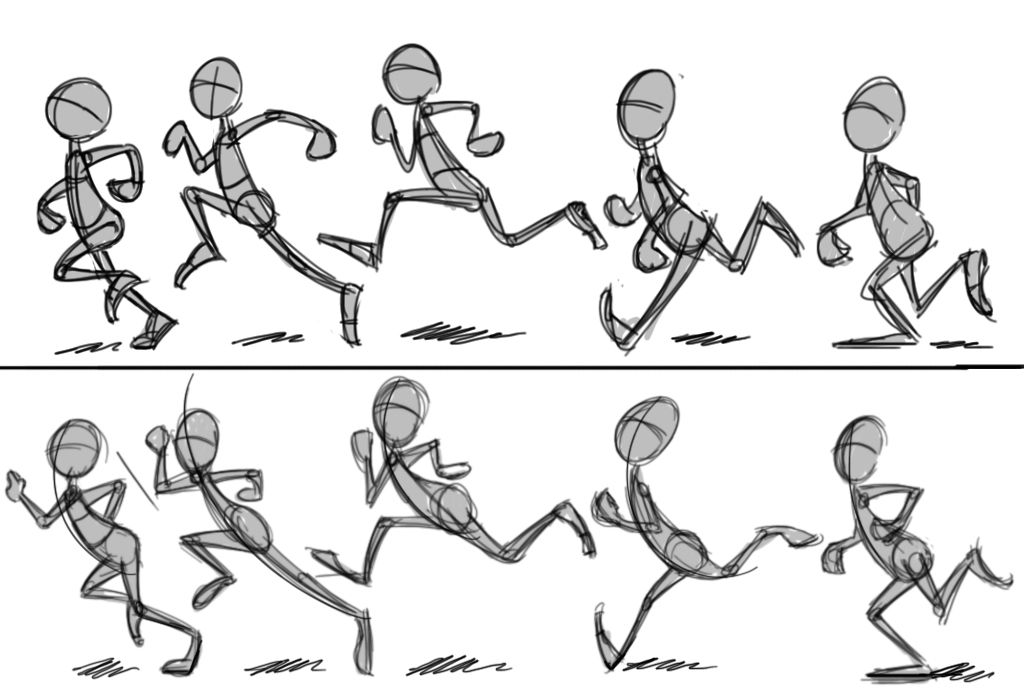 Your circle will be back to back with another circle on both sides and hence the ball room is filled with circles of dancers around the edge.
Your circle will be back to back with another circle on both sides and hence the ball room is filled with circles of dancers around the edge.
The man between 2 ladies will move clockwise around the room and the other three counter-clockwise.
Dance:
- All join hands in your circle of 6. Dance 8 slip steps round to the left and 8 back again.
- Middle dancer turns to right hand partner. Set to each other, clap and turn with 2 hands.
- After turning middle dancer ends facing second partner. Set, clap and turn as before.
- From the turn lead straight into a reel of three, also known as a figure of eight. Middle dancer leads the figure of eight by passing left shoulder to left shoulder past right hand partner.
- Finish by facing your opposite 3.
- All advance, holding hands in your 3. Stamp, stamp, stamp.
- All retire and clap, clap, clap.
- Then walk towards opposite 3 and pass under their raised arms.
 Pass the opposite person to the right.
Pass the opposite person to the right. - Meet and greet the next three coming towards you and repeat the dance.
- The middle dancer should alternate which partner they turn and set to first on each repeat.
The Eightsome Reel
The first Eightsome of the ball is likely to be a ‘Kilted Eightsome’ allowing only kilted gentlemen on the dance floor.
Set up:
Circles of 8, 4 couples. Ladies stand to the right of their partners.
Number the couple 1–4. Number 1 being the couple with their back to the band.
Dance – Beginning:
- All hold hands a circle round clockwise for 8 counts and back for 8.
- Drop hand holds, men place right arm round your partners waist, ladies left arm round partners waist, ladies place their right hand in the middle of the set, joining hands with the other ladies (ladies teapot) and all round clockwise.
- Couples about turn (don’t let go of your partner’s waist whilst turning) so that the four men have their left hand in the centre of the circle (men’s teapot) back round.

- Turn to your partner and set to them twice and turn on linked arms. Offer your partner your right hand.
- Grand Chain: Ladies move clockwise and the men move anticlockwise. Everyone starts by offering their left arm to half turn past the next person in the circle. Then offer alternate arms as you work your way around the circle. Pass your partner once and stop when you next meet them.
Dance – Middle: repeat for ladies 1-4 and then for men 1-4.
- 1st lady enters the centre of the circle and dances solo, highland style or freestyle. The rest of the set join hands and dance in a circle round for 8 and back for 8.
- 1st lady faces her own partner, sets and right hand turn.
- 1st lady then faces the man opposite her partner, sets and turns.
- The dancing lady and 2 men dance a figure of eight across the circle. The men finish in their positions and the lady back to the centre.
- The dancing lady repeats the above, this time dancing with the 2 men in the set that she hasn’t yet danced with, starting with the man standing next to her partner.

- Once the 1st lady has danced with all four gents she retires back to the side of her own partner and the 2nd lady enters the circle – following the above steps but starting with their own partner and his opposite before dancing with the other men.
- Once 2nd lady has danced with all the men the 3rd and 4th ladies will follow and repeat the above. All four men will have their turn in the centre too.
- Once all four men have danced repeat the beginning steps.
- After the final Grand Chain hold your partner in the Tulloch hold (hands behind back) and turn until the music stops.
The Duke of Perth
Usually played a considerably slower tempo, this reel is in 2/4 time.
Set up:
This reel is danced in long line of men facing their lady partners. You will be numbered off into sets of 6 couples. Dance within your set, don’t dance too low down the set and stray into the next. A new top couple begins the dance on each 3rd repetition.
Dance:
- 1 couple meet in the middle and turn double handed.
- Cast off 1 place on their own side.
- Dancing couple turn each other left handed 1 ½ times to finish facing their first corner.
- Turn 1st corner right handed and turn partner in the middle left handed.
- Turn 2nd corner right handed and partner left handed, finish facing 1st corner.
- Dancing couple set to and turn 1st corners and then set to and turn 2nd corner.
- From the turn move straight into a figure of eight with your 2 corners, beginning by giving left shoulder to 1st corner. The man on the ladies side and the lady on the men’s side.
- Dancing couple ends 1 place down but on the wrong side.
- When you start the next repeat add and extra ½ turn so that you cast off on your own side.
- 1st couple repeat the dance, this time with the next 2 couples below you.
- A new couple can start at the top of the set when there are 2 free couples below them with whom they can dance.
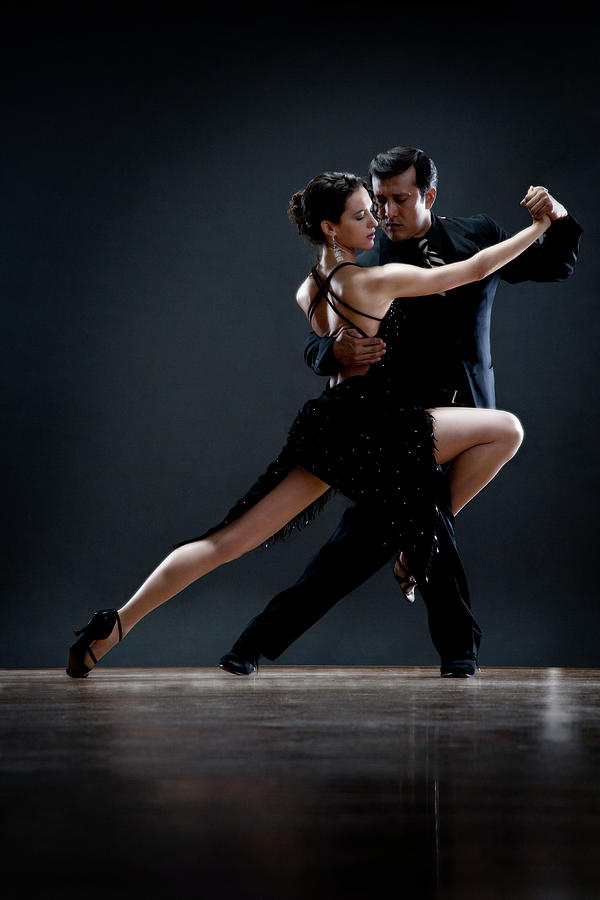
The Hamilton House
Recommended videos for you
Set up:
Again this is a line dance for sets of 6 couples. The easiest way to remember the dance is: ‘Flirt, divert’ or the formation of ‘H’s’.
Dance:
- The 1st lady sets off and ‘flirts’ or sets to 2nd man, then turns the 3rd man. She walks down the back of the set to end up at the top facing down the set.
- Meanwhile the 1st man repeats this by setting to 2nd lady and turning the 3rd and end between the 3rd couple facing up the set facing the 1st lady and 2nd couple who are in a line facing down set.
- The 2 lines face each other and set twice, holding hands. (Or advance stamp, stamp, stamp, retire clap, clap, clap).
- The 1st man then turns the 1st lady and places her between the 2nd and 3rd men, the man ends up between the 2nd and 3rd ladies.
- Again they all set twice holding hands.
- The dancing couple turn and end up on their own side, one place down.

- The whole set joins hands and circles round for 8 and back for 8.
- The process is repeated and a top couple can start dancing when there are 2 free couples below with whom they can dance.
For a more in depth guide to Scottish dancing with diagrams, the following book is invaluable:
The Swinging Sporran: A Lighthearted Guide to the Basic Steps of Scottish Reels and Country Dances by Andrew Campbell and Roderick Martine.
How To Make A Dance Reel | Visual Resume
If you're pursuing dance as your career, or if you want to audition for some dance gigs on the side, then knowing how to make a dance reel is essential. A dance reel is a dancer's visual resume. It can be used to supplement an audition, as an audition, or in any other situation where you need to showcase your skills and experience in a quick, easy way. Because your dance reel is so important, don't just throw together some clips on a phone app and call it a day. Learn how to make a professional, quality dance reel using this guide!
1.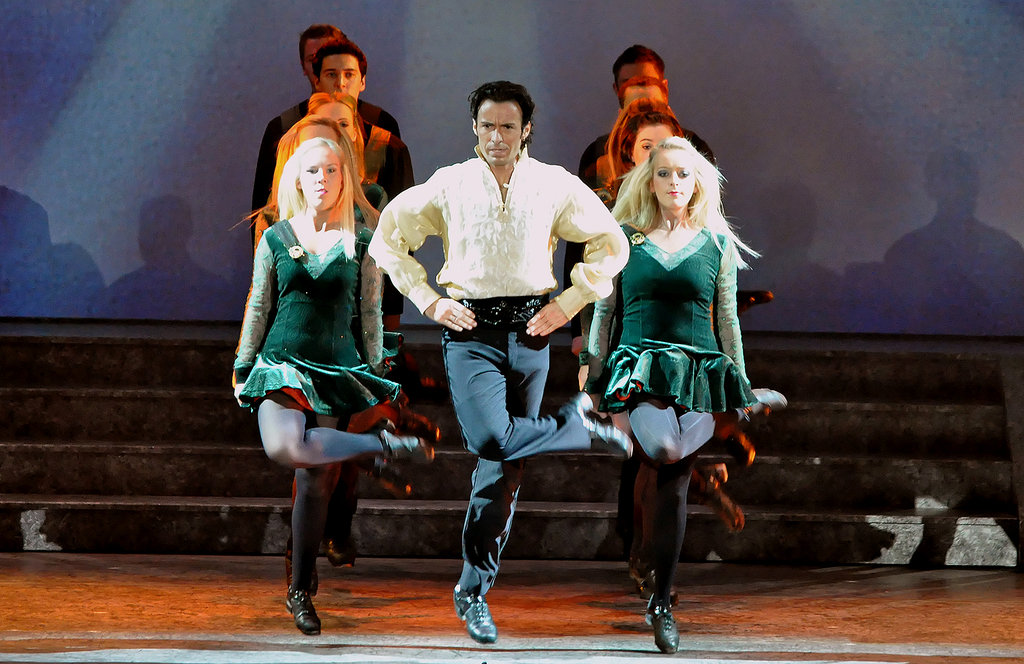 Collect dance clips for your dance reel
Collect dance clips for your dance reelDig up your old hard drive and find all your best work from the past (choreography, performances, concept videos) and organize them in a folder. From that footage, trim down each clip to only its best, most relevant section. Choose solos, or the ones where you are in the center, or very easily visible. Be picky with the quality of the clips too – it's probably best not to include the 240p video of your high school pep rally that was taken on someone's iPhone 3. And keep 'em short. Each clip should be under 10 seconds.
As you sort through your dance clips, plan out how you want this footage to be organized in your visual resume. You want to start out with your strongest clips; it's easy to lose people's attention within seconds. If you are making a dance reel for a specific audition, include the things that they are looking for (i.e. technical skills, tricks, etc.)
2. Shoot extra footage for your dance reel
You want to showcase your best work – but maybe the last HD video you have of yourself is from 2 years ago, and you've grown a lot since then as a dancer.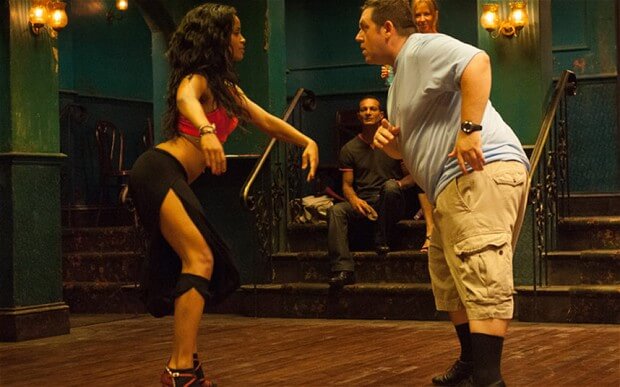 If you want more updated, better footage, then record a new piece or freestyle (solos are good) with a high quality camera in a nice location. Taking this extra step to update your portfolio can be great for your dance reel, and also generally helpful for you as a dancer.
If you want more updated, better footage, then record a new piece or freestyle (solos are good) with a high quality camera in a nice location. Taking this extra step to update your portfolio can be great for your dance reel, and also generally helpful for you as a dancer.
How to make a dance reel for an audition
Again, if you are making this dance reel for a specific audition, fulfill those exact requirements. Research what the directors' preference are, and appeal to them.For example, a casting director for commercial might look for quicker clips to upbeat music, but someone hiring a choreographer for a 2-hour musical might prefer to see longer clips with more cinematic qualities.
Include impressive / relevant captions to give context
If you’ve danced for Beyonce or choreographed for Broadway, then freaking say that!Find a place on the clip where it won't distract from the dancing (lower center or corner of frames are usually safe bets) and include the key words.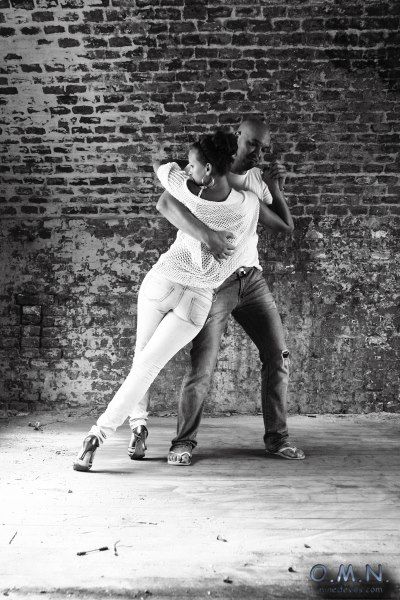 Like, Jessie – "Name of Song" – "STEEZY Modern Music Video"
Like, Jessie – "Name of Song" – "STEEZY Modern Music Video"
Showcase your personality in your dance reel
Casting directors might looking for dancers, but really, they're really looking for people they can work with. A talented dancer with bad work ethic and a stuck-up attitude is an easy pass next to another talented dancer who is confident, energetic, friendly, and versatile. With that said, let your personality shine through in your clips. Showcase your quirky movements. Include that one concept video where you hella committed to your character as a brain-eating zombie. Throw in that clip of you from that battle where you got the crowd super hype by ripping your shirt. Okay, maybe you don't have something that intense, but –include the things that make you you as a dancer.
3. Hire an editor or learn how to edit
Editing a dance reel is much different from editing any other kind of video. You have to have fluency in video editing software, as well as a sense for dance.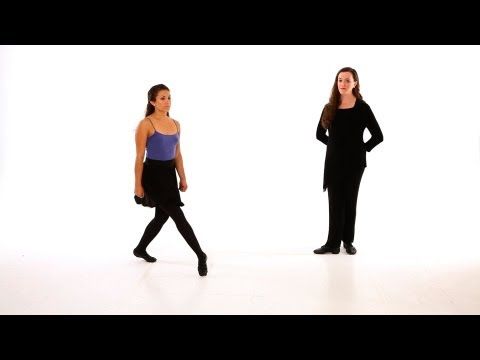 If you don't feel confident editing a visual resume yourself, then work closely with a video editor who is/was a dancer, or has some background in the industry. You can ask for drafts and send back notes to the editor, but physically sitting down together and making those small edits is more efficient. And if you work on it yourself, ask a professional editor to take a look at it. They can cue you in on subtle things that you didn't know (such as coloring or aspect ratios to make the frames blend in to each other.)
If you don't feel confident editing a visual resume yourself, then work closely with a video editor who is/was a dancer, or has some background in the industry. You can ask for drafts and send back notes to the editor, but physically sitting down together and making those small edits is more efficient. And if you work on it yourself, ask a professional editor to take a look at it. They can cue you in on subtle things that you didn't know (such as coloring or aspect ratios to make the frames blend in to each other.)
4. Get the right music for your dance reel
Don't use copyrighted music.Instead, use royalty free music. You only need one or two good songs for your entire dance reel. Using less songs is less distracting for the viewer. It helps them focus on your dancing and enjoy the experience rather than being overstimulated by sounds. So choose something versatile that will mesh well with all of your dance clips. A song that you like will probably reflect you/your style, anyway. Oh, and make sure it doesn't have a [bleep]ed out curse word every 3 seconds. After a rough edit, watch your whole reel with the music and make sure it looks and feels cohesive.
Oh, and make sure it doesn't have a [bleep]ed out curse word every 3 seconds. After a rough edit, watch your whole reel with the music and make sure it looks and feels cohesive.
5. Include your contact info in your dance reel
This seems so obvious, but there are so many dancers that forget this. Include a slate at the end of your reel with your basic contact info: name, email, social media handles, and website.
6. Upload your dance reel
YouTube and Vimeo are popular sites for reels. Vimeo has more of a professional feel, and it's less distracting – there are no advertisements before the video starts! After uploading, write and proofread all your copy (title, descriptions, end cards, etc.) The rule of thumb for good copy is to keep it short, to the point, and conversational. After all this work, your reel is ready for the world to see! Link it out, embed it into your website, post clips on Instagram – however you want to showcase your work. For all you aspiring professional dancers, we hope that this was helpful in putting your reel-y awesome skills into a reel! Go get #bookedandblessed!
Reel and Treble reel
Reel Reel ? a traditional folk dance common in Ireland and Scotland, as well as a musical rhythm to which this dance can be danced.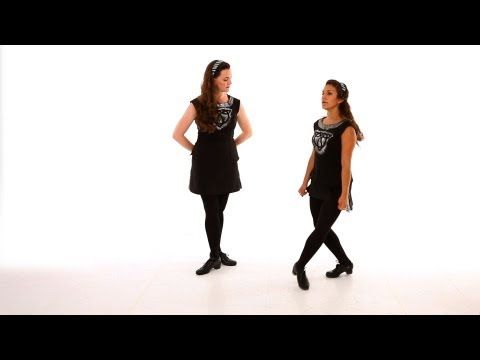
The exact date of Rila origin is unknown. The dance first appeared in the 1750s in Scotland, and the Irish dance masters introduced national characteristics into it and gave it further development (the melodies of two traditional reels - "Kelsey's Wee Reel" and "Miss MacLeod's Reel" can be downloaded in midi format from the links) .
Rila time signature is 2/4 or 4/4, and has a fast tempo (very fast). This is a "running" dance. Sometime before the middle of the 20th century, Single Reel and Double Reel differed melodically and danceily, the former being less complex and slower in both respects. Later, the distinction between them was erased.
Reel is the hallmark of Irish dancing, it has a lot of jumps of various kinds, so the dance requires good general physical fitness. Reel is dancing like in soft shoes - just " Reel ", and in hard -" Treble reel ".
Reel is performed in soft shoes “ soft shoes ”.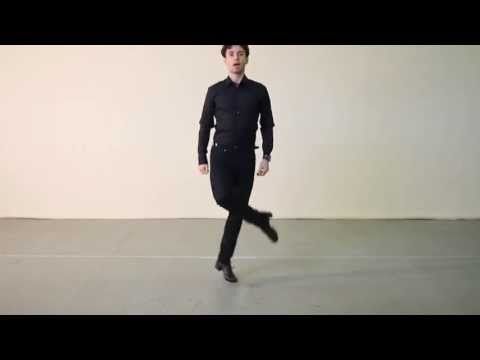 But! Men's "soft" reel is performed in special shoes - with a heel, but without heels on the toe (reel shoes). Heels allow you to diversify the relatively "quiet" dance of various kinds of clicks - clicks of the heel on the heel.
But! Men's "soft" reel is performed in special shoes - with a heel, but without heels on the toe (reel shoes). Heels allow you to diversify the relatively "quiet" dance of various kinds of clicks - clicks of the heel on the heel.
« Treble reel » performed with hard shoes « hard shoes ". While it has become quite popular with spectators around the world and is " that Irish dance " for people, it is not a required dance for CLRG grades. This dance, with its fast rhythmic beats and spectacular movements, enthralled millions of viewers around the world when it was first performed as a "Riverdance" number (here is a link to a yet-to-be-finished history page).
Depending on the difficulty level of the dance, the musical tempo of Ril changes.
| Dance | Beginner | Primary | Intermediate/Open |
| Reel | 121 - 123 | 116 - 118 | 113 |
Reel Examples
Treble Reel Lesson by Colin Dunne.
Primary Reel at Moscow Open Feis 2013
Treble reel by Alexander Kukharenko at Moscow Open Feis 2011 (if I'm not mistaken)
References :
- Ryl - Wikipedia article
- Music - article on the school website " Ceilidh " (you can download examples of melodies)
- Irish dancing. What we dance - an article on the website of the Moscow Iridan.
how to dance Irish dances, video lessons
Ireland is an unusual and mysterious country, the unique charm of which is given by evergreen hills, ancient castles, and of course amazing dances. National dances are performed only to Irish music and look very beautiful and spectacular, thanks to the speed of movement and rhythm. Currently, this dance direction is extremely popular in many countries. There are many schools and studios that teach jig, reel or hornpipe, but you can learn how to dance Irish dances on your own. Depending on the technique of performance and the number of participants, the following varieties are distinguished:
Currently, this dance direction is extremely popular in many countries. There are many schools and studios that teach jig, reel or hornpipe, but you can learn how to dance Irish dances on your own. Depending on the technique of performance and the number of participants, the following varieties are distinguished:
- Solo, represents rhythmic and clear movements of the legs, while the body and arms are motionless, one person is dancing.
- Group, performed by a group of up to 16 people, and include elements of solo dances with rebuilding in a circle, line or column and the inclusion of hands.
- Folk or social, characterized by simple quadrille-like movements, danced in pairs.
For those who decide to learn how to dance Irish dances on their own, video lessons for beginners will be an excellent tool. It is better to start with a solo direction, which includes: jig, reel, hornpipe and solo sets.
Jig
Performed to the music of the violin.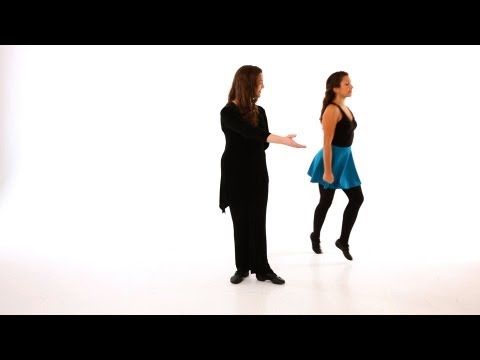 Fun and cheerful jig, consists of traditional jumps and special steps. The jumps are quite high, which makes a lasting impression, but at the initial stage, you should not jump high. First you need to learn how to properly hold the body and press your hands, and most importantly, land softly. Dynamic and spectacular Irish dances can be a serious challenge for beginners.
Fun and cheerful jig, consists of traditional jumps and special steps. The jumps are quite high, which makes a lasting impression, but at the initial stage, you should not jump high. First you need to learn how to properly hold the body and press your hands, and most importantly, land softly. Dynamic and spectacular Irish dances can be a serious challenge for beginners.
Reel
Reel is believed to be of Scottish origin, but has been heavily modified to include true Irish elements. Great for beginners and is usually the starting point for learning how to dance Irish dance properly. May be fast or slow.
Fast paced reels have a set of simple movements, while slow reels are characterized by a more complex set of figures, including high jumps. The technique of execution, depending on the type of footwear, can be soft or hard.
Hornpipe
Includes jumps and tap dance elements, touching the floor alternately with the heel and toe, creates a drumming effect.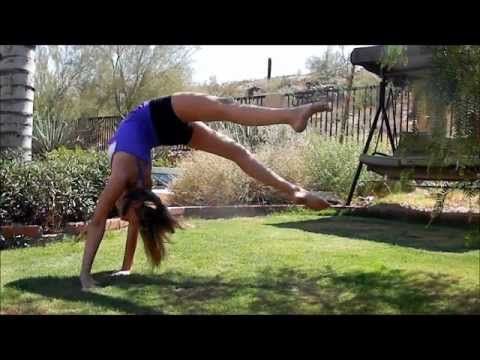 Hands are usually located on the belt or extended at the seams, and swings are made with a leg bent at the knee. It is performed only in hard shoes and is the most difficult to master. Somewhat similar to the reel, the hornpipe is notable for its particular dotted rhythm and emphasis on the first count. It can also be slow and fast.
Hands are usually located on the belt or extended at the seams, and swings are made with a leg bent at the knee. It is performed only in hard shoes and is the most difficult to master. Somewhat similar to the reel, the hornpipe is notable for its particular dotted rhythm and emphasis on the first count. It can also be slow and fast.
Set solo dances
A distinctive feature is a special set melody, which can be traditional or author's, and differs in its structure from ordinary Irish music. Under such melodies, unique dance compositions are developed, intended for participation in competitions, which will include complex steps and non-traditional elements. From generation to generation in Ireland, the music and steps of solo sets created in the distant past and called traditional are transmitted.
Irish dancing is not only an amazing charge of positive energy and energy, but also a great way to increase stamina and improve physical fitness. Having mastered the basic elements, you can continue to use lessons for beginners to learn Irish dances, or contact a special studio.